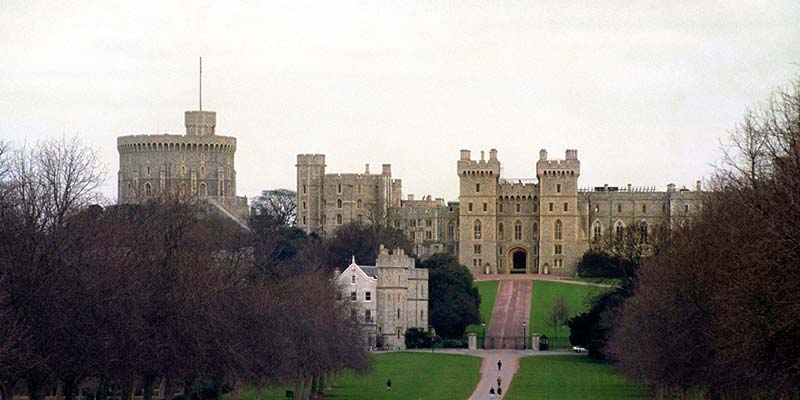Marrying into the British royal family requires stamina and fortitude. The Portuguese Princess, Catherine of Bragança, would second that remark. After marrying Charles II in 1662, she was humiliated by his various mistresses and falsely accused of high treason. Without any credible evidence, it was alleged she had tried to poison the king and had joined a popish plot against him. Three centuries later, how will Meghan Markle cope with being HRH?
Meghan has willingly embraced the faith of her husband-to-be by being baptized and confirmed into the Church of England. Surprisingly, perhaps Charles II had more liberal views and through a clause in the marriage agreement, he allowed Catherine to remain a Catholic throughout her life. The decision caused a degree of pandemonium on the wedding night when she refused to consummate the marriage on the grounds that the Anglican wedding service was invalid. A Catholic priest was immediately sent for to conduct a nuptial mass in the royal bedchamber.
Harry and Meghan will certainly avoid similar conjugal confusion and together they have put in place every detail of the wedding day. Invitations have been sent to 800 guests attending the service and 2,640 specially selected visitors who will line the Castle’s grounds. A four-kilometre carriage ride through the streets of Windsor has also been arranged. Despite these preparations, it will be less spectacular than the newly-wed Catherine and Charles sailing up the Thames. The royal barge, festooned with pennants and accompanied by a flotilla of other boats, was met by tumultuous crowds of well-wishers lining the river’s banks.
Catherine’s generous dowry included the Portuguese colonies of Bombay and Tangier and £350,000; a lavish gift that Meghan’s American parents are not expected to replicate! Nor are they expected to understand the historic significance of European royal weddings or the role St George’s Chapel has had to play in British political alliances.
Designated as the place of worship for Windsor Castle, many royal weddings and funerals have been conducted there. It contains the tombs of Henry VIII as well as the decapitated remains of Charles I, Catherine’s father-in-law.
Naturally, being Catholic, Catherine did not attend services held in St George’s but, out of respect, she would have visited the tomb. Her presence inside Windsor Castle is so strong that visitors cannot fail to miss it. A ceiling painting in the Queen’s Audience Chamber depicts her in a chariot beneath a billowing canopy of clouds. This room is one of several State Apartments created by Charles for Catherine who famously introduced tea drinking from Portugal to the English Royal Court. Even today at 5pm, it is regularly imbibed by the current Queen who reportedly likes to pour it for her guests. It was by invitation to Buckingham Palace that Meghan first met the sovereign who presumably scrutinized the actress over a cup of tea.
Sadly for Catherine of Bragança, it was another actress, Nell Gwynn – and five other of her husband’s mistresses – that compounded her unhappy childless life. Prayers said in St George’s Chapel could usefully request that Meghan’s future husband does not replicate the behaviour of Charles II or for that matter his own father, Charles the Prince of Wales.
Next week: The last in this series of three articles will examine Queen Victoria’s relationship with her Saxe-Coburg cousin, Dom Ferdinand II of Portugal and the weddings of four of her children at St George’s Chapel.
History recreated
Based in the Algarve, the Random Players are a group of thespians that recount on stage the historic links between Portugal and Britain. The series of plays, written by Carolyn Kain, include the ‘Rhyming Diary of Mrs Pepys’ which was seen in several local venues and features Catherine of Bragança and Charles II. Subsequently, the play has been published in the UK and is about to be performed by the May Hill Players in Gloucestershire. The Random Players’ next production is to be staged in the Algarve on October 27 and 28 at São Brás Museum. Entitled ‘Quarrelsome Cousins’, it features Queen Victoria and her Saxe-Coburg cousin, Dom Ferdinand II, King of Portugal. 
























